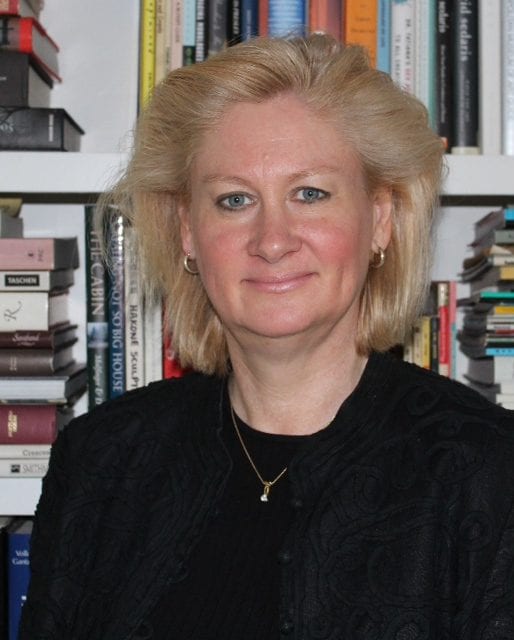Ann Broderick reports on the just completed IAHSA Conference.
Shanghai was the setting for the 10th International Association of Homes and Services for the Ageing (IAHSA) Conference held last month. Leaders in facility development, service delivery and senior care research met to discuss their successes and concerns in dealing with a rapidly growing aging population. Twenty-five countries were in attendances for this international conference held every two years. Those present understood that all countries will need to address their aging population services and work with legislators to design their national policies to address the needs of both a healthy and frail senior population. Contemporary thought processes will undoubtedly benefit all age groups as countries redefine their service delivery, allocation of funds and business models for their citizens.
Presentations
A panel discussion on connecting our global communities offered some interesting suggestions on how we view seniors and the words we choose to identify this stage of human development. Even the word retirement, which should have a positive connotation, means to back away or seclude oneself. Perhaps a new terminology can be developed in the future to accurately communicate this stage of life. Gregor Rae of BusinessLab also challenged cities and towns to develop practices that enhanced the quality of life for an older population. It was reiterated on multiple occasions, that although many cities are working towards this goal, no one city world wide has achieved complete success.
Senior Care in China
The conference location itself could not have been more appropriate. China is seeing a boom in the development of senior care facilities and community services. Given the 1979 introduction of the one child policy and changes in the geographic location of seniors and their adult children, the country will need to develop new models for the care of their aging population. Positive government policies and changes for foreign companies doing business in China, has lead to many partnerships of US and Chinese companies. As the largest populated country in the world, 1.3 billion, China has much work to do in preparation for their current 65+ population of 9.1% and future aging population of 12.4% by 2020. But they are not alone as the worlds aging population is projected to go to 22% by 2050. The conference was a terrific opportunity to learn from other professionals and share stories of the successes each has had in their daily interactions with those they serve. The overwhelming kinship felt by the participants showed the uniqueness of healthcare workers everywhere. The projected challenges of the future energize the attendees as they return to their respective countries and begin to look for solutions to the care of their aging population. This global phenomenon will undoubtedly challenge every aspect of our daily lives. I look forward to gathering once again with the IAHSA community in 2015.





